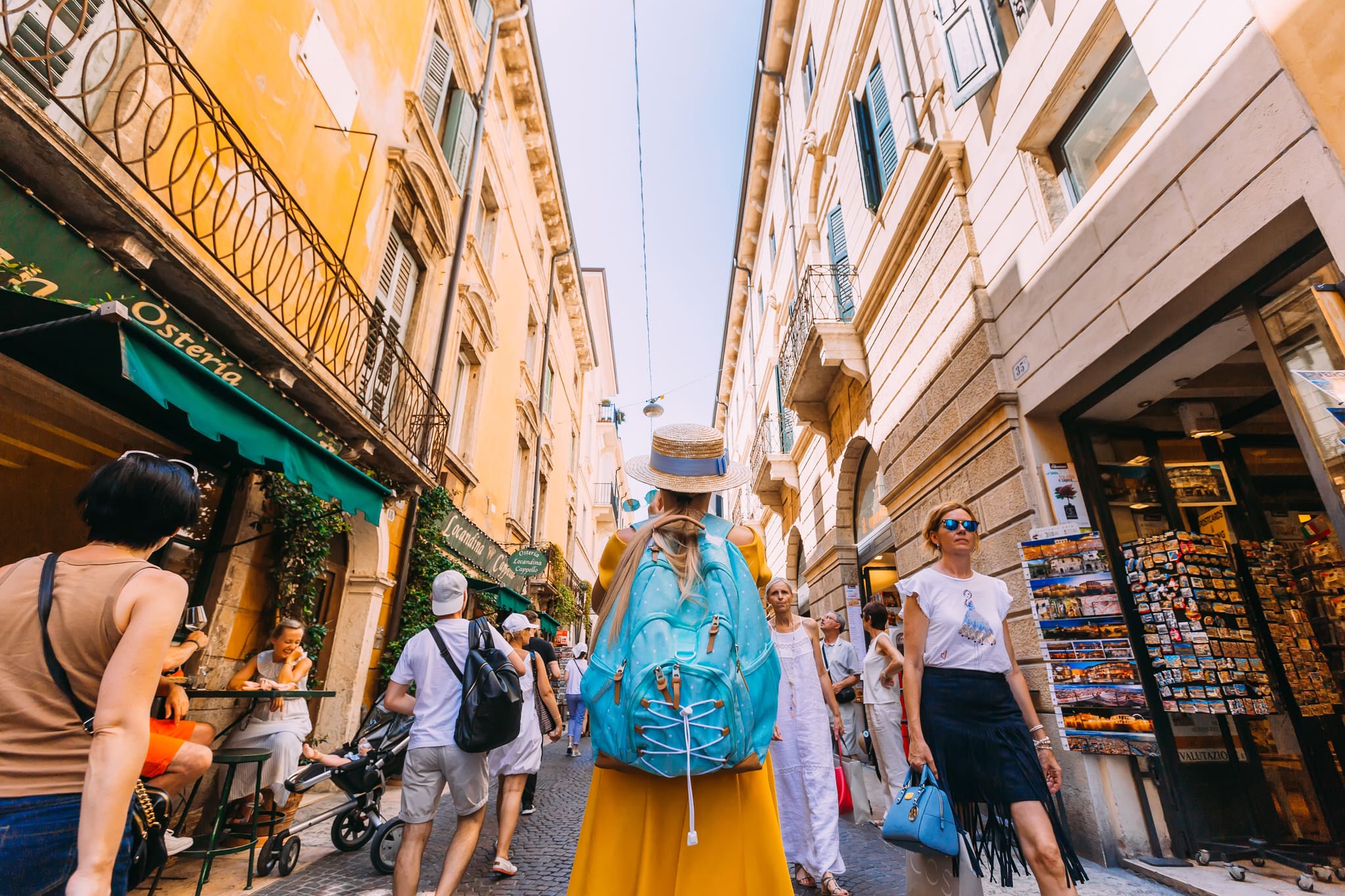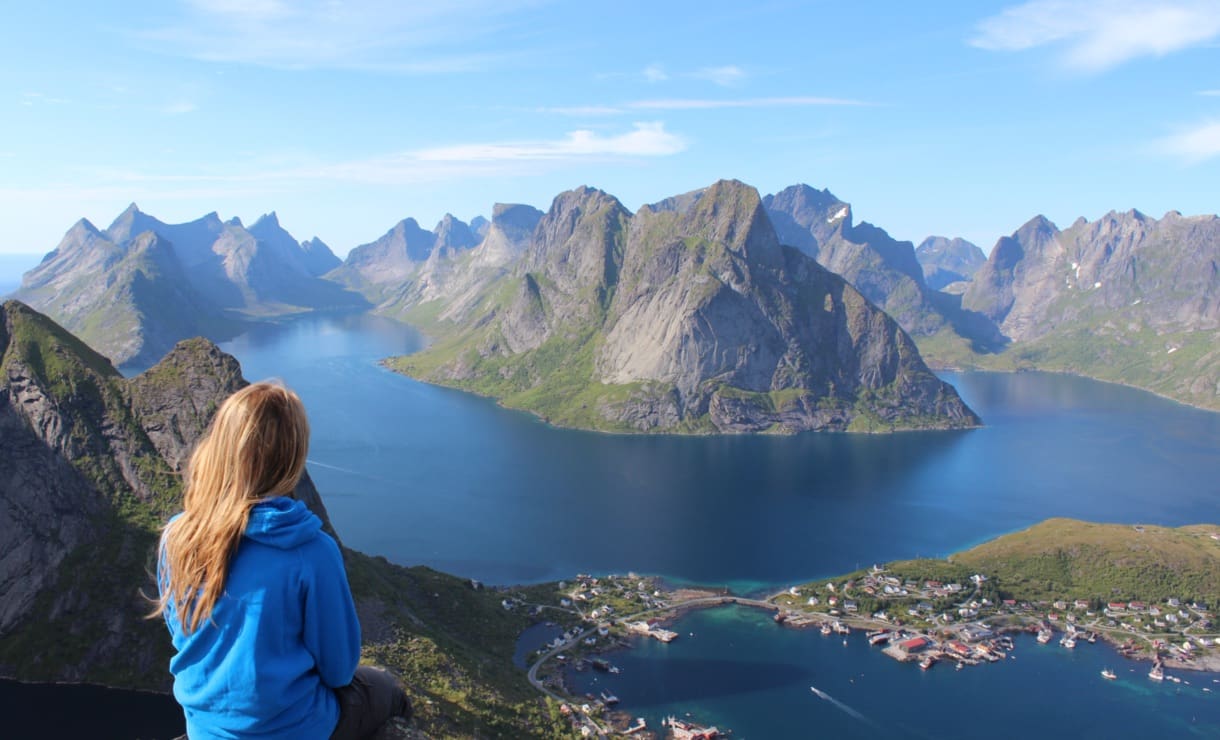When I heard that my team would be spending 8 days in the Nepali jungle, I was stoked. My team, along with three other teams, would be taking a bus down to Urlabari, a jungle village in Southeast Nepal, almost on the border of India. We were told to bring our tents, water filters, water purification droplets and very few clothes, so I knew we would be camping in a jungle. How cool is that?
We left at 5:30 am one Sunday morning. We piled into a large bus, and as we took off, the bus driver attempted to blast loud Nepali music. Once our contact, Bipin, told him to turn the music off, most of us fell back asleep, ready to get through this 12 hour ride. I sat in the row of four seats along the very back of the bus, and jostled violently throughout the bumpy ride out of Kathmandu. Turns out, the way to the jungle isn’t on a highway, it’s along the sides of the mountains where roads are not paved. A few hours in, we were so close to the edge that I couldn’t even see the road when I looked down, just a steep drop-off and trees. If the driver had swerved even a little bit, we would have been goners. I tried to ignore this fact… The bumps and the minor fear kept me awake until we started driving on flatter land. We started driving through the jungle, seeing mud huts and small villages, and we got more and more excited.
After 16 hours on the bus, we finally made it to the jungle where we were staying… except the “jungle” looked a whole lot like a small town with buildings and businesses lining the paved roads. We drove into a small neighborhood, jumped off the bus, and carried our packs to a three story house with a rooftop. Confused, we piled in, and the girls were led to a large room that looked like a ch*rch sanctuary. There was even a small stage with a podium, a drum set, a couple of guitars, and a donation box there. We were told to set up our stuff… no tents, water filters, or water purification droplets needed. As we set up our sleeping pads and sleeping bags, we noticed that we had an audience. The room next door was separated from ours by a wall that didn’t meet the ceiling. We heard giggling and saw kids peeking over the wall… We could hear every giggle and Nepali whisper. We were confused as we settled into our sleeping bags, but we were so tired that we fell asleep quickly, wondering what the next day would hold.
“girls,” we heard Bipin whisper loudly from the next room, “wake up, someone has died.” So sure I had dreamt this, I almost didn’t sit up, but one look at the facial expressions in the room around me told me that everyone had heard what I had heard. After heading to the rooftop, we were told that someone in the villages had died early that morning, and the past0r of the ch*rch wanted us to come to the funeral.
We may have only been in the midst of our second month, but we were seasoned enough to know that “going to the funeral” might also entail preparing a eulogy on the spot for someone we had never met, or even digging a grave. You really never know what the Nepali people will ask you to do. Luckily for me, I had been asked early on to be the photographer for the trip, using Bipin’s camera. So, as per usual, I would be able to hide behind the camera… of course, I was also expected to take pictures AT the funeral, something I felt extremely uncomfortable with. I would soon find out that taking pictures at funerals, or even selfies, was totally okay in this culture.
We took a short bus ride to the village and walked to a small house made of mud and straw. We were escorted to the doorway of one of the rooms where a dead woman lay. She was much younger than I had expected. I guessed 35 years old, but we soon found out that she was actually 47 years old. She was a small, beautiful woman who died from an asthma attack. She had three grown daughters and a husband. They brought her body out of the house into the front yard area where our group, as well as dozens of the village people gathered around. Two of her daughters collapsed over her body in grief. They looked so much like her, and I teared up… something I didn’t expect to do. I completely forgot to even take Bipin’s camera out of the bag at this point, but it didn’t matter because the funeral was being covered by the village people… all of whom had smart phones. Apparently, it’s totally okay to just snap a quick picture of a dead body at a funeral. It’s also okay to ask all of the white people to take selfies with you at a funeral. I was able to dodge these requests as a seasoned pro at getting out of things by pointing to my camera while shrugging and smiling sheepishly, but others without this gift were not so lucky.
At the end of the funeral, we were asked to go into the “jungle” to help bury the body… none of us were surprised by this. We piled back into the van and drove to the most jungle-like spot we would see in our time in Nepal. It was really just a forest, with trees that were very similar to the ones I see in Texas every day. We got off of the bus and started walking into the “jungle” where they were digging a hole. As we walked towards the other people, I noticed a half-dug grave to my left, and I wondered why no one used that hole instead. Then, someone came up to me and explained: Apparently, a few people had come here to start digging a hole for this funeral a few hours before, but while they were digging, they found a head. Yep, a head. So they decided to walk a little farther in to dig a brand new hole. They left the hole with the head in it as it was, without covering it back up.
The daughters and the husband of the woman continued to grief over her body as others took pictures of the body and the grieving family members with their Oppo phones. Even with the found head, and the dead body, that fact was the most disturbing part of the entire day… that this was totally okay. Even in our technology obsessed country, we draw the line at taking selfies at funerals in the U.S. I can’t criticize someone else’s culture and say that it’s wrong, but I will say that I couldn’t get myself to be comfortable with that.
This was how our time in the “jungle” kicked off, with a death, a head, and a whole lot of culture shock. I’m hoping to write more about my time in Urlabari with a Part II! Thank you all for your continued prayers and support!








